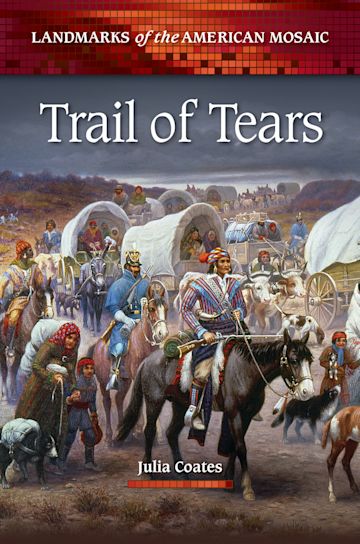This product is usually dispatched within 1 week
Free US delivery on orders $35 or over
You must sign in to add this item to your wishlist. Please sign in or create an account
This book covers a critical event in U.S. history: the period of Indian removal and resistance from 1817 to 1839, documenting the Cherokee experience as well as Jacksonian policy and Native-U.S. relations.
This book provides an outstanding resource that introduces readers to Indian removal and resistance, and supports high school curricula as well as the National Standards for U.S. History (Era 4: Expansion and Reform). Focusing specifically on the Trail of Tears and the experiences of the Cherokee Nation while also covering earlier events and the aftermath of removal, the clearly written, topical chapters follow the events as they unfolded in Alabama, Georgia, North Carolina, and Tennessee, as well as the New England region and Washington, DC.
Written by a tribal council representative of the Cherokee Nation, this book offers the most current perspectives, incorporating key issues of assimilation, sovereignty, and Cherokee resistance and resilience throughout. The text also addresses important topics that predate removal in the 19th century, such as the first treaty between the Cherokees and Great Britain in 1721, the French and Indian Wars, the American Revolution, proclamation of Cherokee nationality in the 1791 Treaty of Holston, and the U.S. Constitution.
| Published | Jan 22 2014 |
|---|---|
| Format | Hardback |
| Edition | 1st |
| Extent | 264 |
| ISBN | 9780313384486 |
| Imprint | Greenwood |
| Illustrations | 10 bw illus |
| Dimensions | 9 x 6 inches |
| Series | Landmarks of the American Mosaic |
| Publisher | Bloomsbury Publishing |
Free US delivery on orders $35 or over
Your School account is not valid for the United States site. You have been logged out of your account.
You are on the United States site. Would you like to go to the United States site?
Error message.

